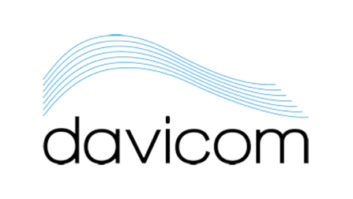
Fig. 1: The Franklin Lightning Sensor evaluation kit. Summer is prime time for thunderstorms. Broadcast engineer Ron Gnadinger has come across a great tool for RF tower engineers.
It’s the AS3935-DB. This device is a lightning sensor, and Ron ordered an evaluation kit from Digi-Key. He installed it inside a clear Pelican Case brand shipping container to make the sensor completely portable.
Seen in Fig. 1, the evaluation kit centers around the Franklin Lightning Sensor IC. Manufactured by AMS, this IC senses lightning activity nearly 25 miles away, well beyond human sensing. The sensor also estimates the distance to the head of the storm and displays it. The AS3935-DB will detect both cloud-to-ground and cloud-to-cloud lightning strikes.
The device is suitable for low-power portable use and can be modified, as Ron did, to accept D-cell batteries.
Ron uses the device, in its portable case, when working at the base of a tower or on the tower itself. The indication of storm activity gives advance warning to hazardous lightning. But perusing the application notes, he discovered that it’s possible to use the lightning sensor in conjunction with the station weather instrumentation.
Another bonus: Using this lightning sensor beats listening to the static crashes on a portable AM radio.
The AS3935 can discriminate between true lightning strikes and interference from common manmade sources like fluorescent lights, arcing switch contacts and microwave ovens.
It’s a robust chip, and the cost of the evaluation kit is under $260. Digi-Key has a wealth of information on this chip, with application notes, specifications and even a video. The AS3935 chip is manufactured by Austrian company AMS (www.ams.com), which is known for its development of a variety of sensors.
For more information on the evaluation kit from Digi-Key, go to www.digikey.com and search for Digi-Key part number AS3935-DK-ND.
Ron Gnadinger recommends the device for any engineer who might be working at or on a tower — after all, you never know when a surprise storm may be approaching.
****

Fig. 2: Use the Stymielock to end tower site lockouts. Positive Radio Group Project Manager Winston Hawkins has followed our transmitter site security discussions over the years.
At sites where there are multiple tenants (and multiple locks), a cheap and dirty way to secure the gate is to loop the locks through pieces of chain. But when locks are looped this way, someone inevitably gets locked out of a site. And, of course, the lockout will occur when your station is off the air and you need to get into that gate. Some engineers figure that bolt cutters are the answer.
Fig. 2 shows a solution at a cellular site where Winston has a translator. The device is called a Stymielock, and it eliminates the lockout problem because it enables any individual lock to be removed without affecting the remaining tenant locks.
It’s cost-effective and easy to install on any type of fence gate. The standard Stymielock will handle up to four locks but it can be expanded to 12 or more.
For information visit www.stymielock.com, and when you order one, tell them you heard about their product in Radio World’s Workbench column.
***
Steve Tuzeneu writes from Abilene, Kan., with a fun cell tower picture, shown in Fig. 3.
Yes, the tower is disguised to look like a tree; but is it my eyes, or is the tower leaning? Perhaps some kind of beam tilt?
****

Fig. 3: Beam tilt on a tree?
Smartphone apps are amazing, and there are more than thousands on the market. What’s just as amazing is the number of apps that are useful and free.
Do you have an app or two that you couldn’t live without? Share them with your broadcast engineering brothers and sisters by emailing your finds to me. We’ll publish the most popular and useful apps, which in turn, should make your job easier.
Contribute to Workbench. You’ll help your fellow engineers, and qualify for SBE recertification credit. Send Workbench tips to [email protected]. Fax to (603) 472-4944.
Author John Bisset has spent 44 years in the broadcasting industry and is still learning. He handles West Coast sales for the Telos Alliance. He is SBE certified and is a past recipient of the SBE’s Educator of the Year Award.












